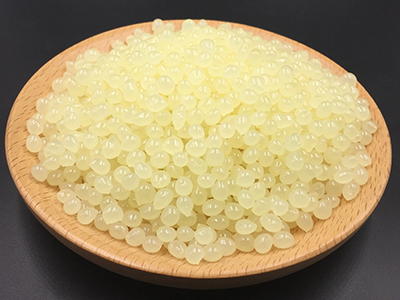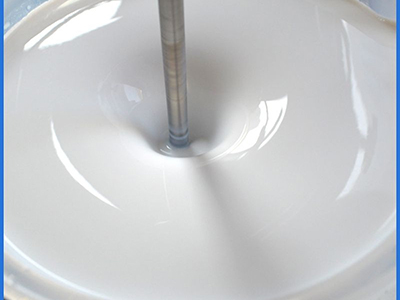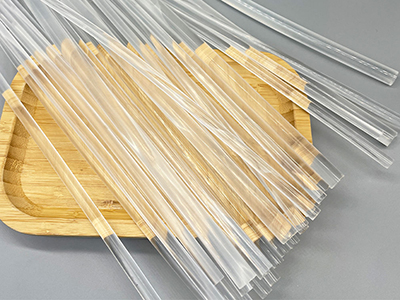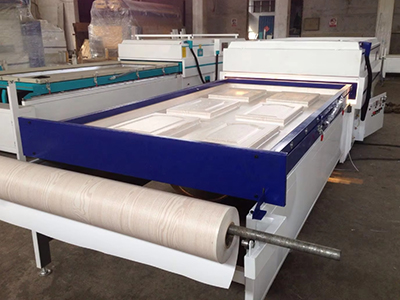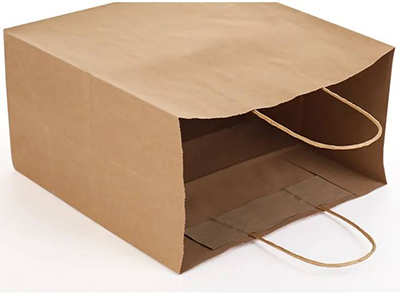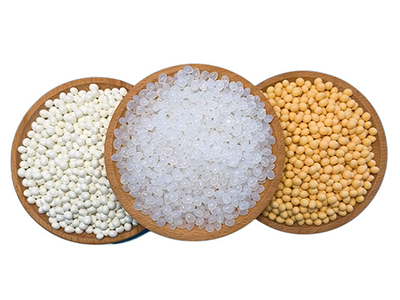Adhesives are essential in various industries, from packaging to furniture manufacturing. Two of the most popular types are hot melt adhesives and water-based adhesives. While both are effective bonding solutions, they have distinct characteristics that suit different applications. In this article, we will explore the differences between hot melt and water-based adhesives, helping you determine which one is right for your project.
1. Composition and Formulation
- Hot Melt Adhesive:
- Made primarily from thermoplastic polymers, hot melt adhesives are solid at room temperature and become liquid when heated. The composition often includes resins, waxes, and other additives that enhance bonding strength and performance.
- This type of adhesive requires heating to become tacky, making it versatile for fast-setting applications.
- Water-Based Adhesive:
- As the name suggests, water-based adhesives use water as the main solvent. These adhesives are generally made from natural or synthetic polymers dispersed in water.
- The water content allows for easy application and clean-up, as it evaporates after bonding.
2. Application Process
- Hot Melt Adhesive:
- It is applied using hot melt applicators or glue guns, which heat the adhesive to its melting point before application. It sets quickly as it cools down, making it ideal for high-speed production lines.
- This type is commonly used in packaging, woodworking, and bookbinding due to its fast bonding time.
- Water-Based Adhesive:
- Applied in liquid form using sprayers, rollers, or brushes, water-based adhesives take longer to dry, as the water needs to evaporate for the adhesive to cure.
- These adhesives are often preferred for applications like paper lamination, labeling, and woodworking, where a longer open time is needed for adjustments.
3. Strength and Durability
- Hot Melt Adhesive:
- It offers high initial tack and excellent bonding strength, making it suitable for a wide range of substrates, including paper, plastics, metals, and wood.
- It is less sensitive to moisture and temperature changes once set, which makes it more durable for outdoor or harsh environments.
- Water-Based Adhesive:
- While it provides good bonding strength, it may not be as durable in high-temperature or humid conditions as hot melt adhesives.
- It is well-suited for indoor applications, especially when bonding porous materials like paper, cardboard, and wood.
4. Environmental Impact
- Hot Melt Adhesive:
- Typically free from volatile organic compounds (VOCs), making it a more eco-friendly choice for manufacturers.
- The solid form also reduces waste, as unused adhesive can be reheated and reused.
- Water-Based Adhesive:
- It is generally considered safer for indoor use, as it has low to no VOC emissions.
- These adhesives are often used in applications where low toxicity and reduced odor are essential, such as in bookbinding or packaging food products.

5. Cost Considerations
- Hot Melt Adhesive:
- Generally more cost-effective in high-volume applications due to its rapid setting time, which boosts production efficiency.
- The equipment cost for heating and applying hot melt adhesives can be higher initially, but the overall production speed and reduced waste can offset these costs.
- Water-Based Adhesive:
- It is typically cheaper upfront and doesn’t require special heating equipment, making it accessible for small-scale or low-budget applications.
- However, slower drying times and potential limitations in durability can increase costs in certain industries.
6. Key Applications
- Hot Melt Adhesive:
- Packaging, woodworking, automotive assembly, and product assembly lines.
- Water-Based Adhesive:
- Paper products, textiles, labeling, bookbinding, and laminating surfaces.
Conclusion
The choice between hot melt and water-based adhesives depends largely on application requirements, budget, and environmental considerations. If you need fast bonding with high strength and moisture resistance, hot melt adhesives may be the better option. On the other hand, if you require an easy-to-clean adhesive for porous materials or indoor settings, water-based adhesives might be more suitable.
Understanding the differences can help you select the right adhesive for your needs, ensuring optimal bonding performance and cost-efficiency.


